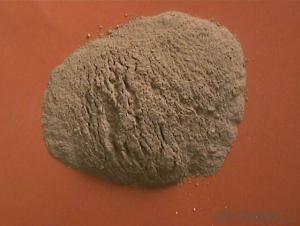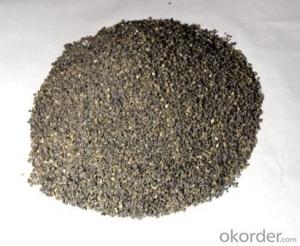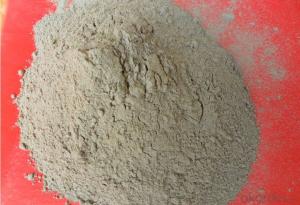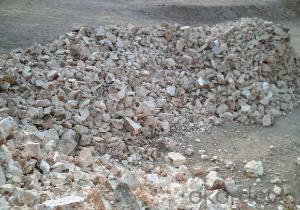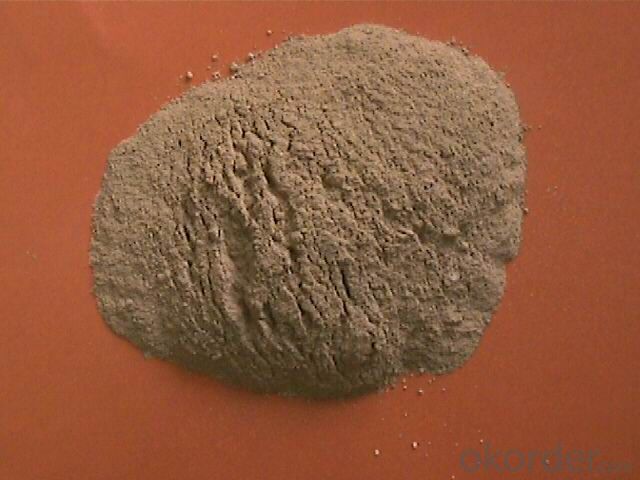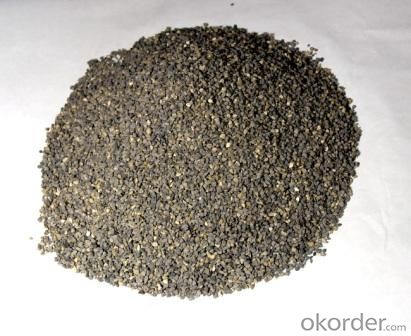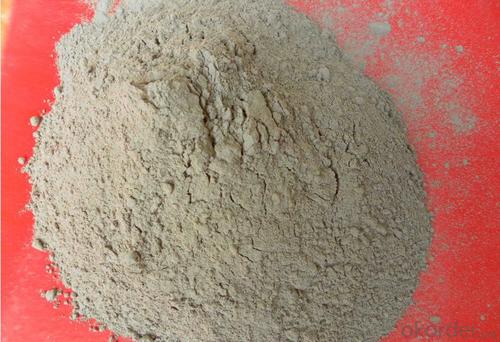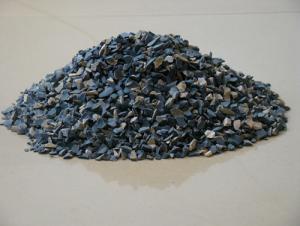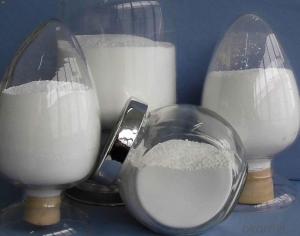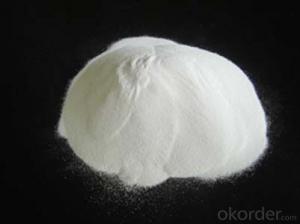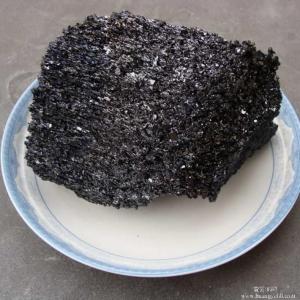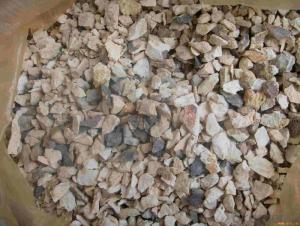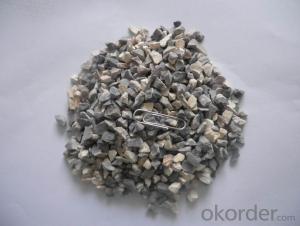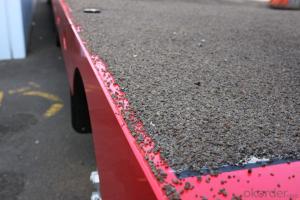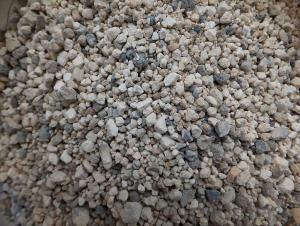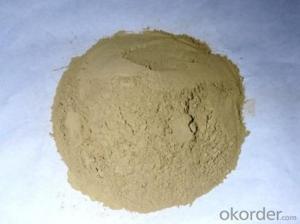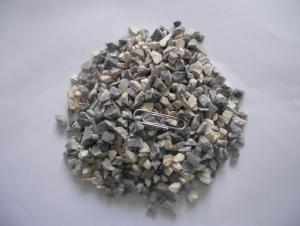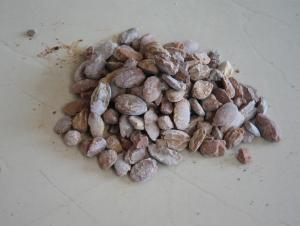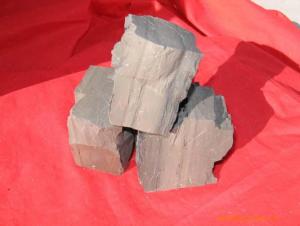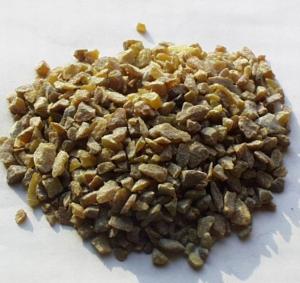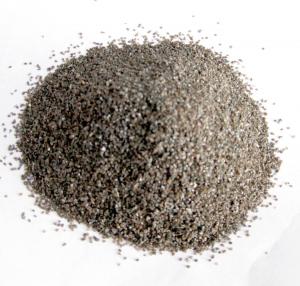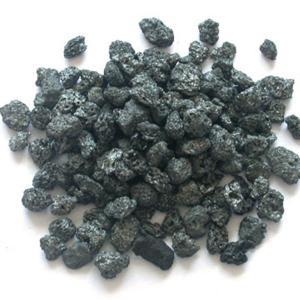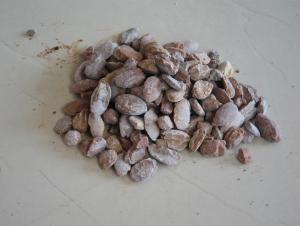Raw Materials for Refractory:Sintered Bauxite, Bauxite 85, Calcined Bauxite 88
- Loading Port:
- Tianjin
- Payment Terms:
- TT OR LC
- Min Order Qty:
- 25 m.t.
- Supply Capability:
- 30000 m.t./month
OKorder Service Pledge
OKorder Financial Service
You Might Also Like
Sintered bauxite, bauxite 85,calcined bauxite 88
Specifications
1,Manufacturer-Direct sale
2,Good fireproof insulation
3,High bulk density
Calcined bauxite
1) If you have special requirement for the specifications, we can have a talking to know if we can meet it. Usually, our skills and equipments are no problem. It's up to the production cost related to the bauxite raw ores we purchase;
2) Wide sizes variety is available as per customer's request.
Product Description:
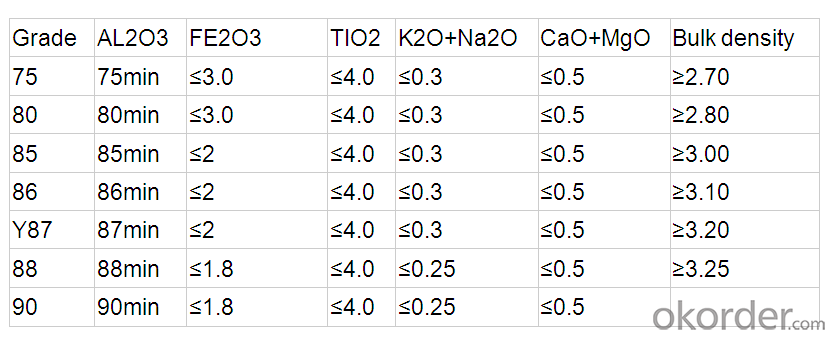
Usage
(1) aluminium industry. Used in national defense, aerospace, automotive, electronics, chemical industry,
daily necessities, etc.
2 precision casting. Alumina clinker made after the mould precision casting processed into fine powder.
Used in military industry, aerospace, communications, instrumentation, machinery and medical equipment department.
(3) is used for refractory products. High bauxite clinker refractoriness is as high as 1780, chemical stability strong,
and good physical properties.
(4) aluminum silicate refractory fiber. With light weight, high temperature resistance, good thermal stability,
low thermal conductivity, heat capacity is small and the advantages of resistance to mechanical shock.
Used in iron and steel, nonferrous metallurgy, electronics, petroleum, chemical, aerospace, atomic energy,
defense and other industries.
(5) in magnesia and bauxite clinker as raw materials, add the appropriate binder,
used for pouring ladle whole ladle lining has particularly good effects.
(6) manufacture alumina cement, abrasive materials,
ceramic industry and chemical industry can be aluminum of various compounds
Product Pictures:
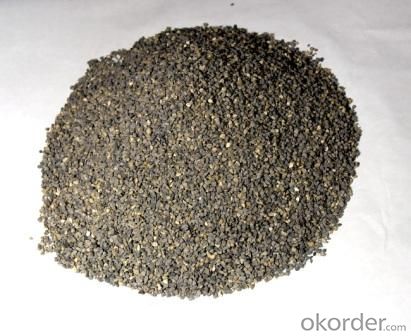
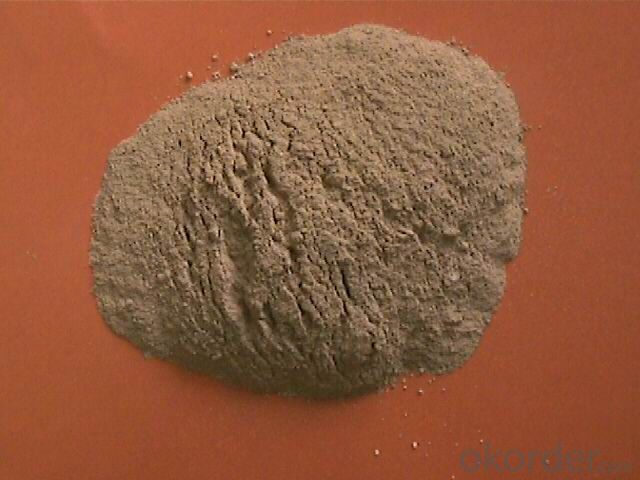
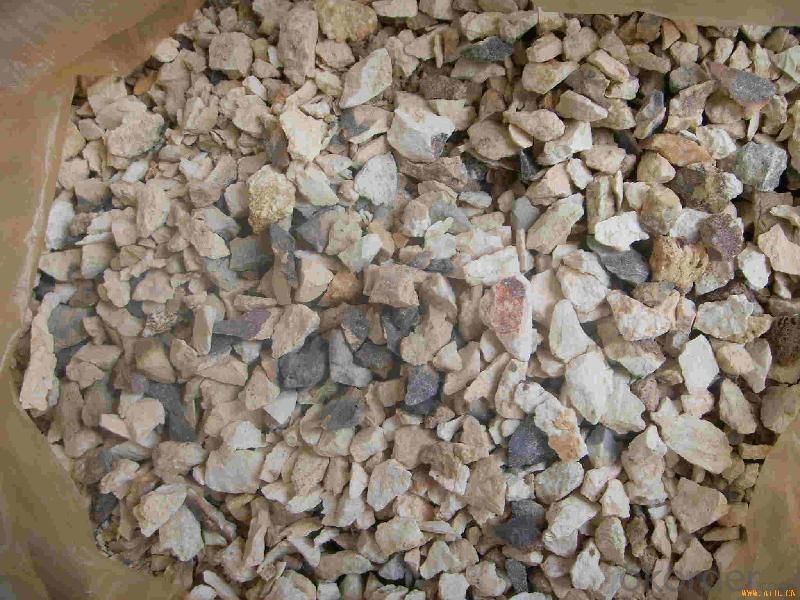
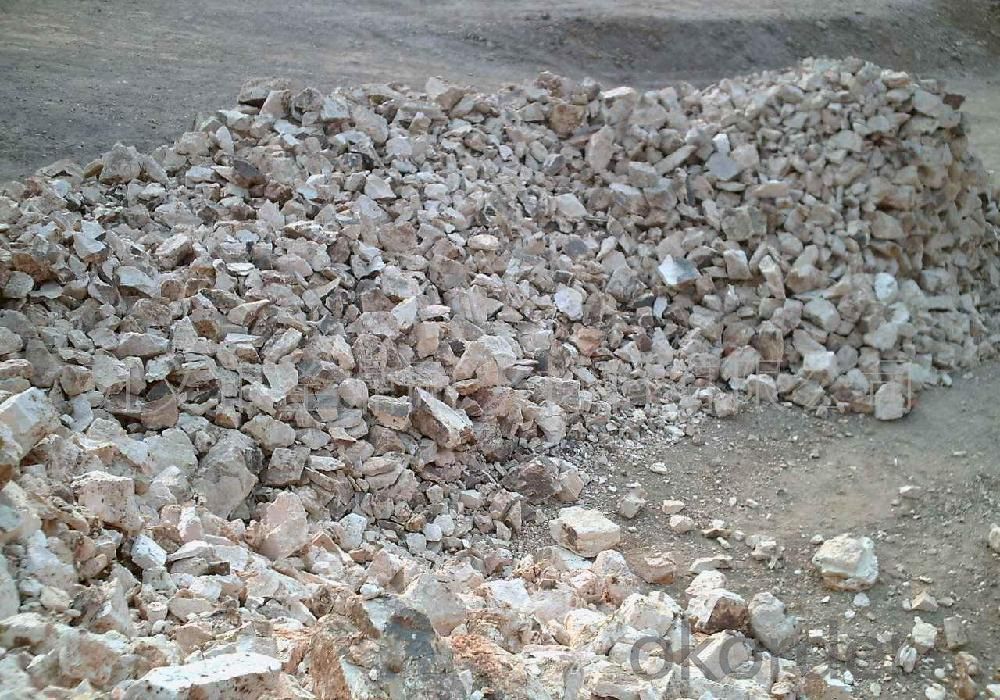
If you’ve kind enquiries, please don’t hesitate to let us know. ^_^
- Q: How many kinds of refractory materials are there in the EI?
- I suggest that you contribute articles to foreign SCI journals for the odds are better, and generally the articles that fill the bill will not be rejected. The traditional refractory materials can contribute to EI journal. If being rejected by EI journal, you can also contribute to Russia's journal Industrial Ceramics and Refractories. I didn't contribute to the Journal of Wuhan University of Science and Technology, the receiving cycle is almost 3 to 4 months. Though the impact factor is low, domestic EI journal is not so good, it is still SCI journal. This is my own experience, please take my advice. The best journals are the Journal of the American Ceramic Society and the Journal of the European Ceramic Society, I heard that they are not bad. But the best domestic EI refractory material journal is the Journal of The Chinese Ceramic Society. It is very long, but if it belongs to your university, it is another pair of shoes. Journals now all want to have materials about functional ceramics, and they don't want Chinese articles, if your English is not well enough, you can choose Ceramics International and Japan Ceramics but they have strict manuscripts reviewing standards.
- Q: What are the materials of white firebricks?
- They are made of baked refractory materials with pale yellow and a little brown on the surface and very cheap. They are mainly used to pile up smelting furnace and can withstand high temperature from 580 degrees Celsius to 770 degrees Celsius. While the firebricks, also called refractory bricks by others, have a certain size and shape. They can be classified according to manufacturing process, namely, the unburned bricks, burnt bricks and electrically fused bricks. Also they can be divided into common bricks, standard bricks and specific bricks according to different size and shape.
- Q: What are the fire endurance requirements of class A fire resistant door ?
- Hardwares are professional fire resistant lock, fireproof?door closer, fire hinge, handle, latch and sequencer, and they can also be configured according to user needs. Fire resistant time of class A and B fire resitant door is 12h and 09h respectively. It can also be customized according to customer needs into a variety of non-standard specifications. Steel fire door is developed in accordance with the national standard GB12955-2008, and in line with ISO3008, BS476 standards. Requirement: fire endurance should meet the A,B and C fireproof requirements respectively. You can also choose to install hold-open door device to leep the door leaf usually in open. Doorframe and door leaf is made up of imported or domestic quality electrolytic steel plate, electro galvanized steel plate or stainless?steel plate, filled with quality expanded perlite fireproof?panel which can withstand high temperature above 1200 ℃. The surface is processd with electrostatic spraying plastics, and auxiliaries are stainless steel fire resistant lock (or pipe shaft lock ) , galvanization for steel (or stainless?steel) fire hinge, domestic(or imported) door?closer.
- Q: Urgently!! Refractory problems, online, etc.
- The service life of most refractory materials is a pair of contradictory effects. As a result, one aspect of the contradiction is porosity, and the other is volume density. The larger the volume density is, the smaller the porosity is and the more erosion resistant, but the thermal shock effect is very poor. The bigger the porosity is, the smaller the volume density is, the better the thermal shock effect is, but it is not resistant to erosion. More professionally, two curves should be made to find the intersection of the curves to adjust the recipe and production process
- Q: What characteristics do A grade external wall fireproofing material have?
- 1. Save space and reduce costs; 2. Fireproofing, green and environmental protection; 3. Waterproofing; 4. Sound insulation; 5. Thermal insulation; 6. Install easily and shorten the construction period; 7. High safety performance.
- Q: What is the concept of lightweight refractory material?
- Lightweight refractory material has high porosity, mechanical strength and erosion resistance. Compared with normal refractory bricks, it is a kind of refractory material with large volume shrinkage in high temperature, low thermal conductivity and small bulk density. It is used as thermal insulation material in industrial furnace and other thermal equipments. It has poor wear resistancel.
- Q: What is the appropiate thickness if fire resistant time for ultra thin steel structure coating is 2.5 hours?
- Hello steel structure can adopt surrounding concrete or brick, fireproof coating, fireproof board coating and composite structure for its fire resisitance. Fire resisitance board can be divided into thick fire protection plate and thin plate, the thickness of the plate thickness of the fire is between 20 ~ 50mm, mainly includes calcium silicate fireproof board and expansion boring stone fire board, the main varieties are KB board, CF; thin fireproof plate is between 6 ~ 15mm thick, the main varieties include enforced short fiber cement plate, ordinary enforced fiber silicate calcium board and glass cloth reinforced inorganic board.
- Q: How is refractory material made?
- It is made from yellow mud and water.
- Q: What kind of material is refractory bauxite?
- Bauxite, also known as bauxite alumina or bauxite with high alumina, is the main raw material for the production of high alumina (aluminum content ≥48%, belongs to LAS) refractory. It must be calcined bauxite ore.
- Q: Is aluminium oxide refractory material?
- Calcination aluminium oxide is refractory material of fine performance made from pure aluminium oxide through high-temperature calcination. It can be made into coarse-grained material, fine-grained material, fine powder and micro powder, which can be made into pure jade burnt products. For example, corundum brick, lightweight corundum bricks. It can also be made into a variety of unburning products together with other materials, such as carbonaceous materials. For example, aluminum carbon and aluminium zirconium carbonaceous materials. As for the production of unshaped refractory material, there are more species. It can be corundum, rubing grain, corundum spinel and can also be added into other materials to improve specific performance. It isn't limited to high-alumina castable refractory and it can be castable refractory, ramming?mass, impressionable plastic material, gunning mix and refractory mortar.
Send your message to us
Raw Materials for Refractory:Sintered Bauxite, Bauxite 85, Calcined Bauxite 88
- Loading Port:
- Tianjin
- Payment Terms:
- TT OR LC
- Min Order Qty:
- 25 m.t.
- Supply Capability:
- 30000 m.t./month
OKorder Service Pledge
OKorder Financial Service
Similar products
Hot products
Hot Searches
Related keywords
